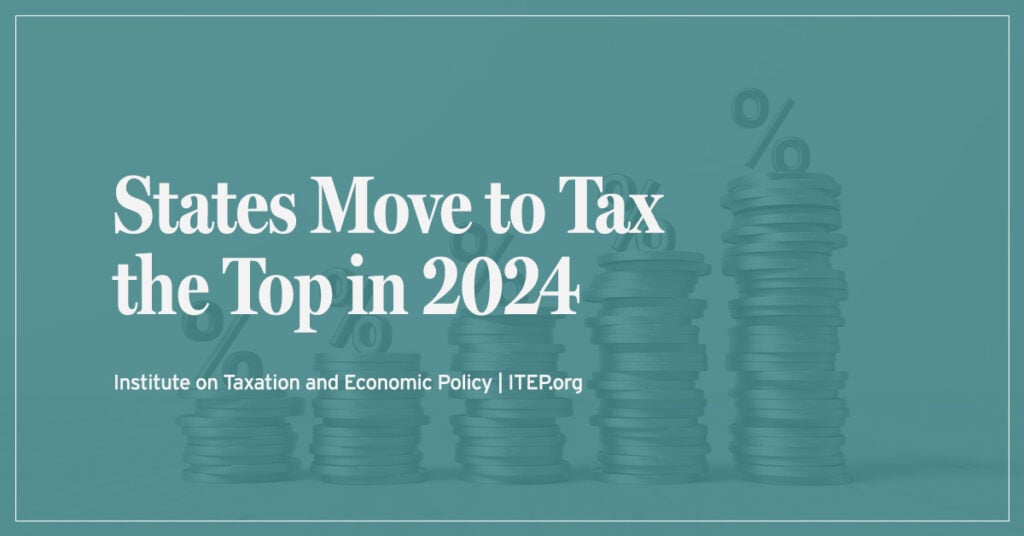Mar 31, 2011 – 04:26 PM | by Josh Frost
A 2009 study by the Institute on Taxation and Economic Policy, it was found that in Hawaii, people among the lowest 20 percent of income pay a significantly higher percentage of their income on “Sales and Excise” taxes than the top 20 percent. Offsetting costs for Hawaii’s bottom bracket may make raising the GET feasible.
Our state faces a budget shortfall of approximately $1 billion during the next biennium. With the effects of the great recession still looming and the prospects of a struggling tourist market in the wake of the earthquake and tsunami in Japan, there seem to be no easy answers to address this shortfall.
Among legislators and the Governor, there seems to be a general consensus that there isn’t much left to cut from government spending. As such, a variety of revenue-generating proposals are being discussed at the Capitol: from a tax on soda to a tax on pension income. Still, there is one option that doesn’t seem to have much traction, either among the public or elected officials: an increase in the General Excise Tax.
In a report prepared for the Tax Review Commission, William Fox from the University of Tennessee said: “The GET has many strengths, not the least of which is its ability to generate large amounts of revenue at a low tax rate.”
Indeed, if the GET were raised, by just one percentage point, the resulting additional revenue generated would be approximately $580 million, or one-half of the total budget deficit. Add to this the fact that, according to the 2007 Tax Review Commission Final Report, it is “estimated that about 38 percent of the GET is borne by nonresidents,” which means tourists. In light of these staggering figures, there seems no good reason not to consider increasing the GET as an option to balance the state’s budget.
It is “estimated that about 38 percent of the GET is borne by nonresidents,” which means tourists.
Aside from the standard, if not incorrect, notion that raising taxes during a recession is bad, there are other reasons given for why we shouldn’t raise the GET.
For starters, the GET is hugely regressive, meaning people at the lower-end of the income spectrum are negatively impacted more than those at the higher income levels.
In a 2009 study by the Institute on Taxation and Economic Policy, it was found that in Hawaii, people among the lowest 20 percent of income pay a significantly higher percentage of their income on “Sales and Excise” taxes than the top 20 percent. While this is true, there are ways to offset an increase in the GET so those lower income families won’t feel quite so strongly the effect of the increase.
Some have suggested exempting certain products or services, like food, drugs, or doctor’s visits. While these would certainly help those in the lower 20 percent, it would also significantly reduce the amount the GET draws from nonresidents, who spend a large portion during their visits on food. An income tax rebate, for example, would be a better way to to offset those effects, while continuing to maximize the cost borne by nonresidents.
Another reason often given in opposition to an increase in the GET is that to do so would hurt businesses. Frankly, I find that hard to believe. For one thing, businesses can easily pass the increase on to consumers, who might notice the impact on their wallets, but that impact would probably not be significant.
Right now, on Oahu, a consumer spending $50 pays $2.25 for the GET. If the GET is raised one percent, they’d pay $2.75, or just 50 cents more. And while I won’t deny that it “adds up” for those who would feel it the most, again, an income tax rebate could be created to help ease that burden.
To further cut government programs and services would be potentially devastating.
Given all this, I think it is important that the option to increase the GET not be taken off the table, as it were, a way to significantly address the State’s budget shortfall. To further cut government programs and services would be potentially devastating.
In his State of the State address, Gov. Neil Abercrombie talked of shared sacrifice. And in light of the broad base from which the GET is drawn, it seems to me the most effective and efficient shared sacrifice we can make.
In the meantime, our lawmakers need to take a hard look at how to significantly reduce the regressivity of our tax structure here in Hawaii.



